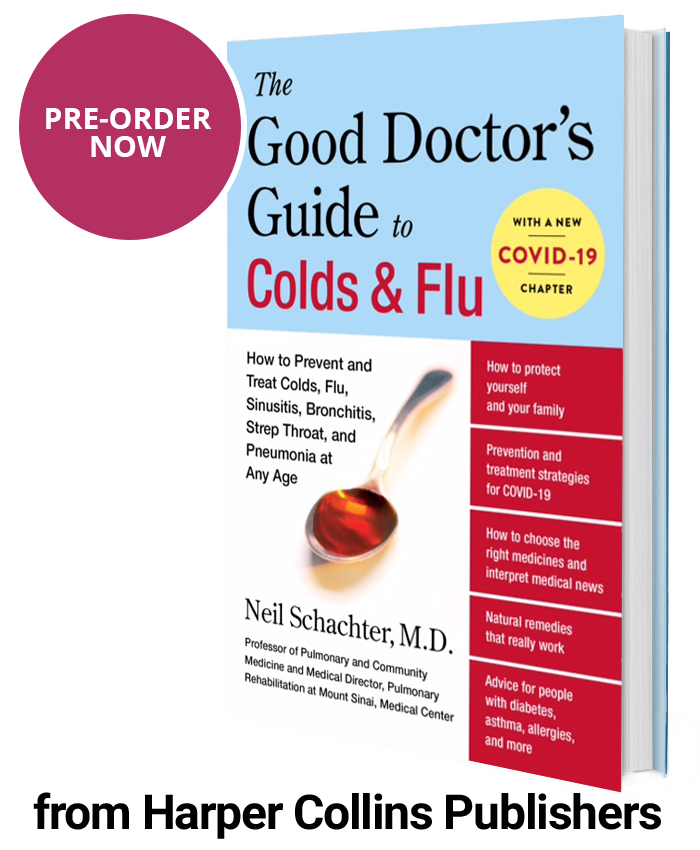Lung Cancer is the most frequently diagnosed cancer in the US. Each year more than 250,000 Americans are diagnosed with lung cancer and more than 500,000 are living with the diagnosis. From 1930 to 1997 the rate of lung cancer has risen 600% in women, a sign of equality no one wanted to see. While cigarette smoke is considered the leading cause of lung cancer, 20-25% of women with lung cancer are non-smokers. Environmental factors such as exposure to cancer causing agents such as asbestos or radon have been known to cause lung cancer especially when combined with cigarette smoke to increase chances of developing lung cancer.
There are two main types of lung cancer—small cell lung cancer and non-small cell lung cancer. Squamous cell, large cell and adenocarcinoma are the three most common forms of non-small cell lung cancer. About 85% of all lung cancers are caused by non-small cell cancers. Small cell lung cancers ( also known as oat cell cancer) account for about 15% of lung cancers. Small cell lung cancers tend to grow and spread more quickly than non-small cell.
The leading cause of lung cancer is cigarette smoking. More than 80% of lung cancers are caused by tobacco including cigarettes, pipes, and cigars. Smokers have 30X the risk of lung cancer and there are currently 95 former and current smokers in the US. That’s the bad news. The good news? In 2009 , 15 month survival after a lung cancer diagnosis was just 15%. Today with early diagnosis and new treatments, five year survival is 67%– and climbing.
Lung cancer may not cause symptoms in its earliest stages. Traditional x rays often pick up cancer nodules when it has advanced to late, hard to treat stages. Currently low dose CAT scans can pick up lung cancer nodules in early and treatable stages. CAT scans are covered in the Affordable Care Act as well as in most private insurance plans. In addition to early diagnosis, we can biopsy the nodule to look for genetic markers in order to select targeted immune therapies. Not only do these new drugs act on specific cells, they do not cause the severe side effects of traditional chemotherapy and radiation.
Lung cancer is a serious diagnosis and it is essential support from you and your family and health care team as well as early expert opinions. When dealing with lung cancer it is always wise to get a second opinion, Don’t be concerned about hurting your doctor’s feelings. Good doctors know that a second opinion is just good nedicine.

